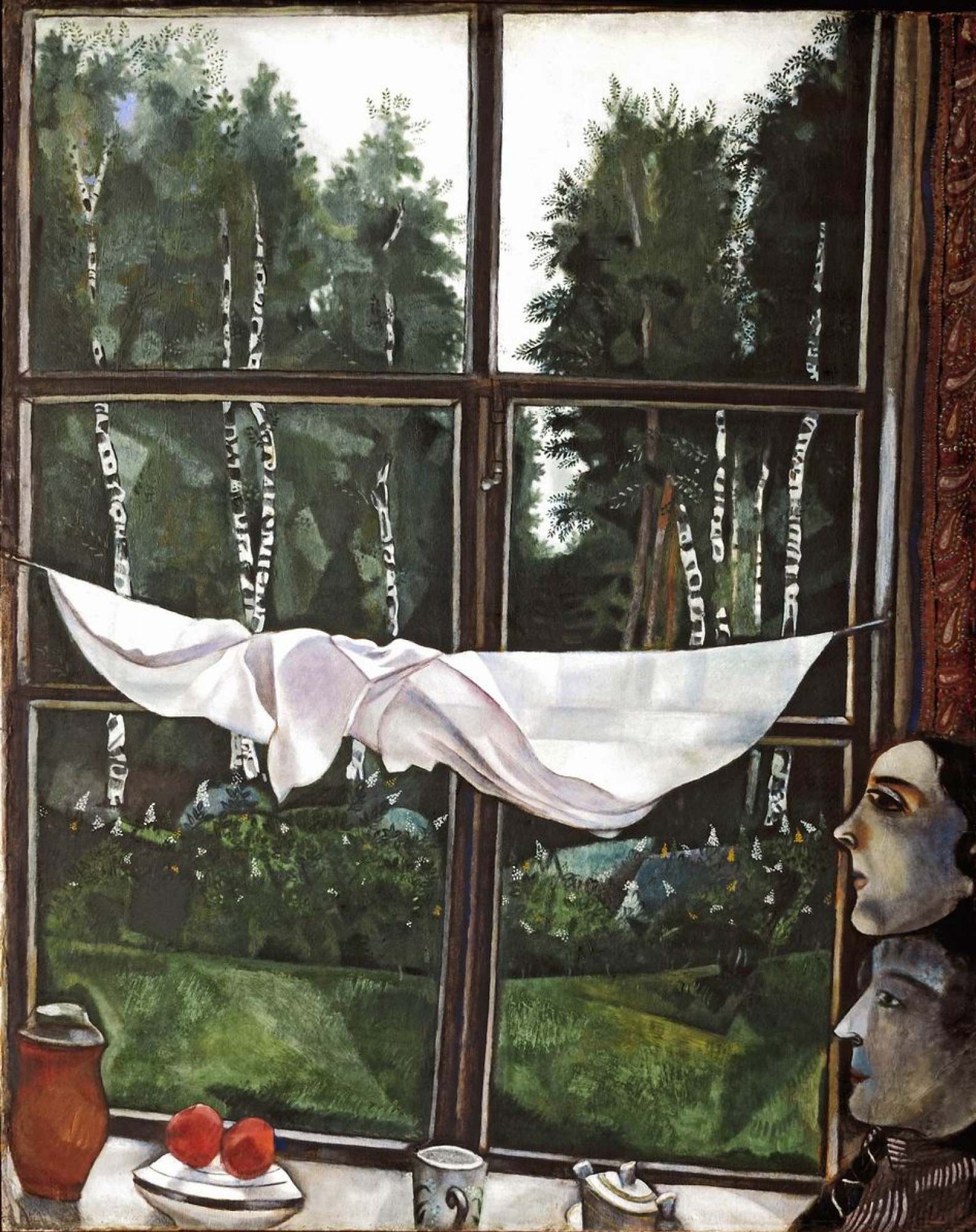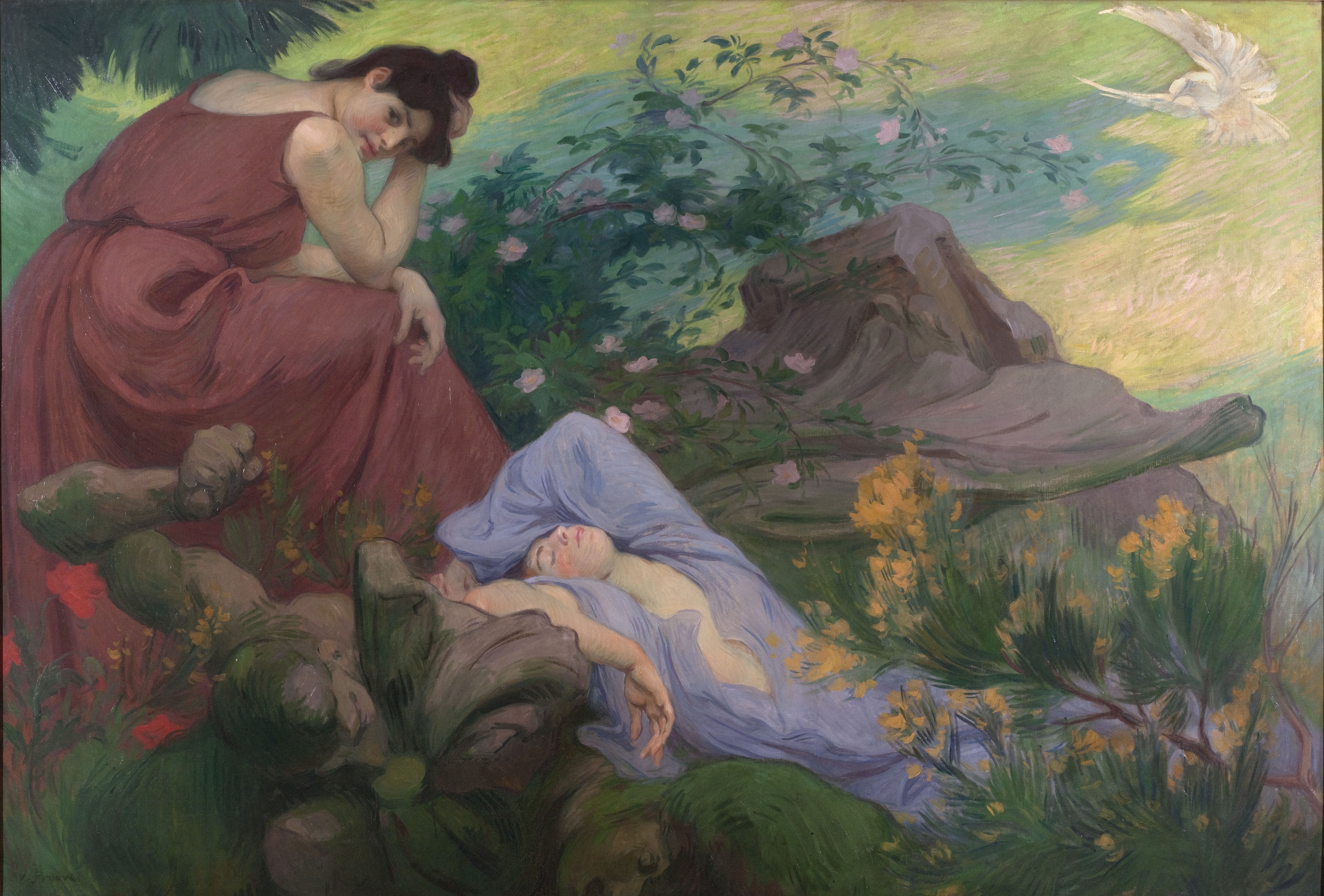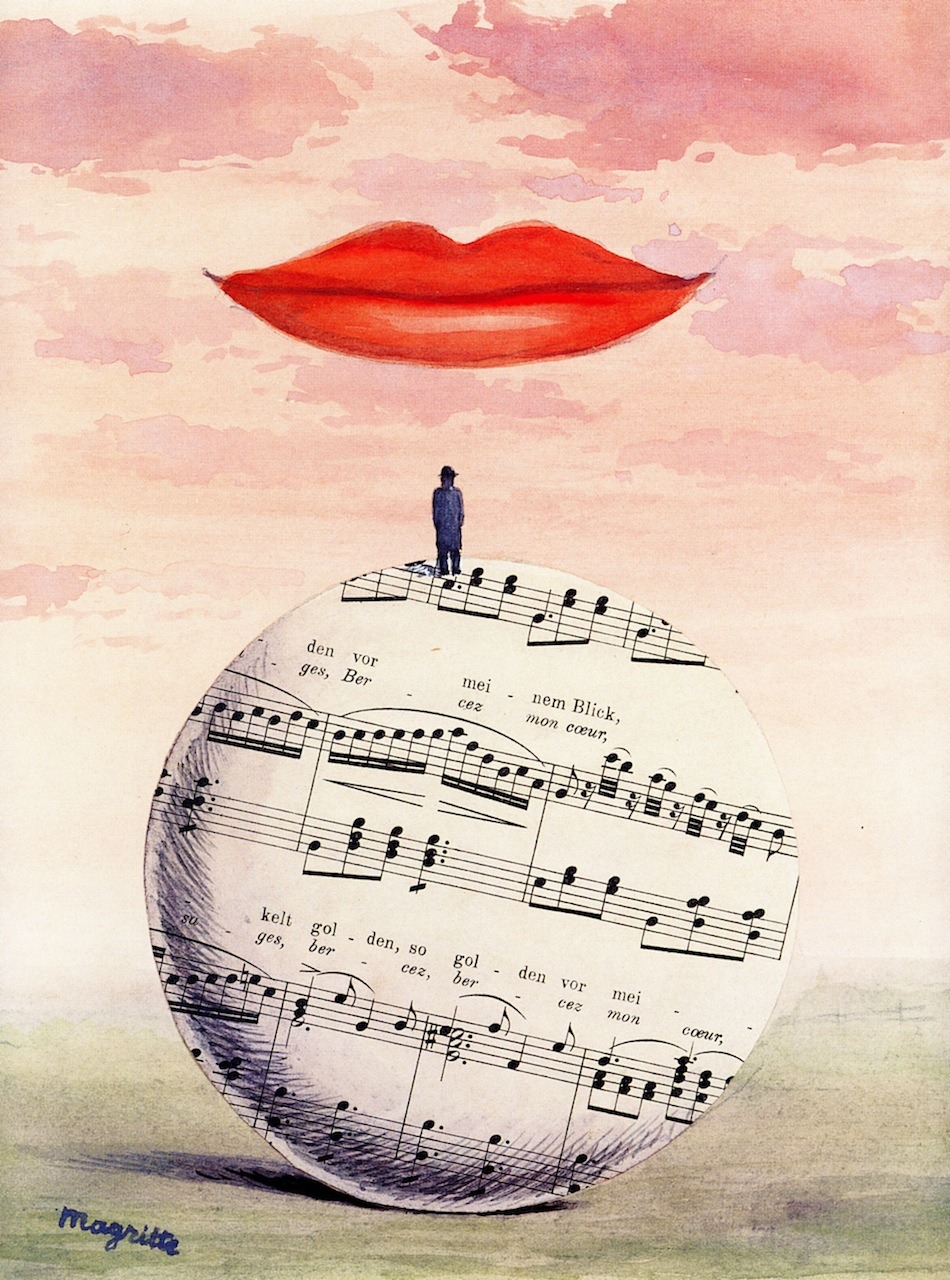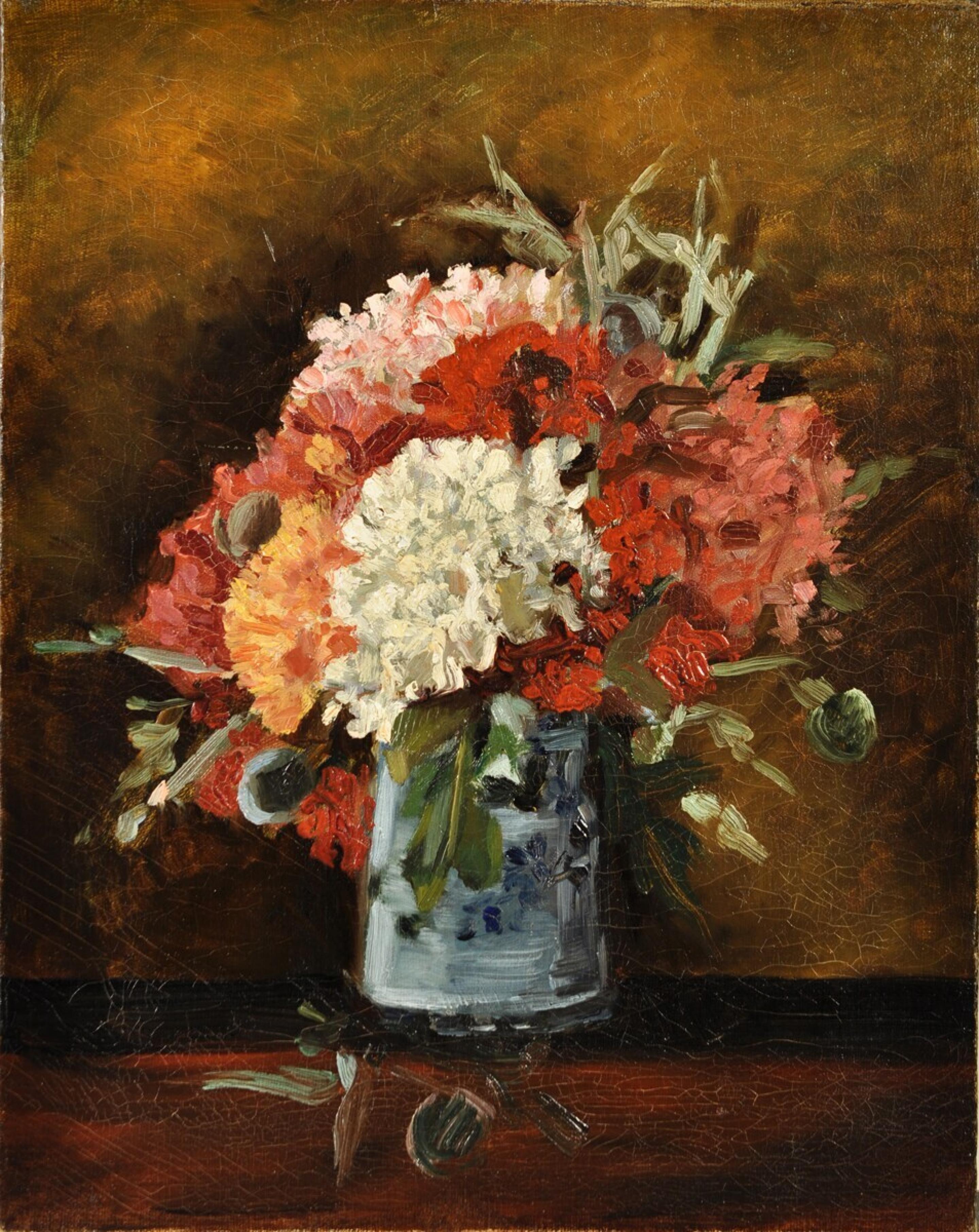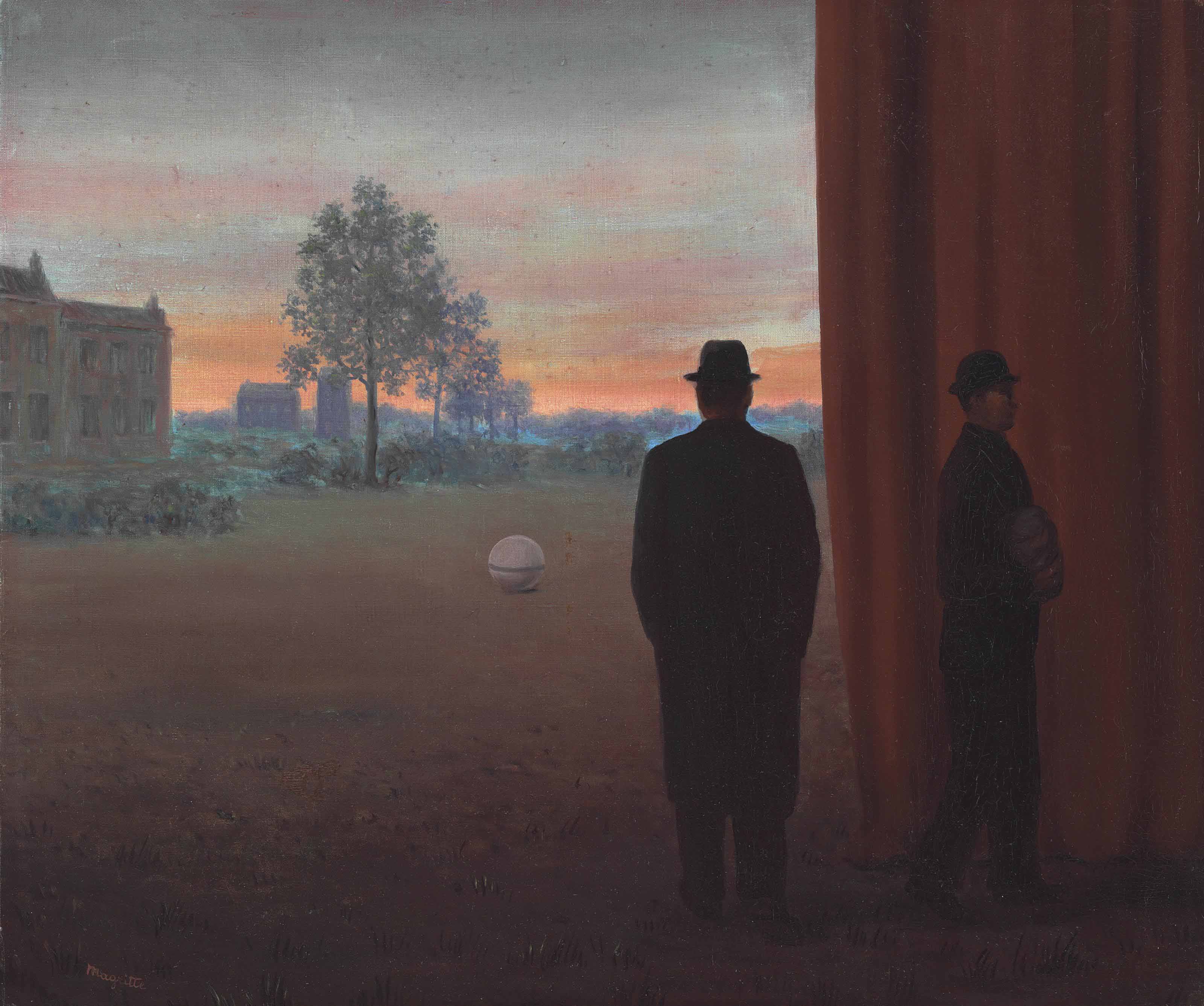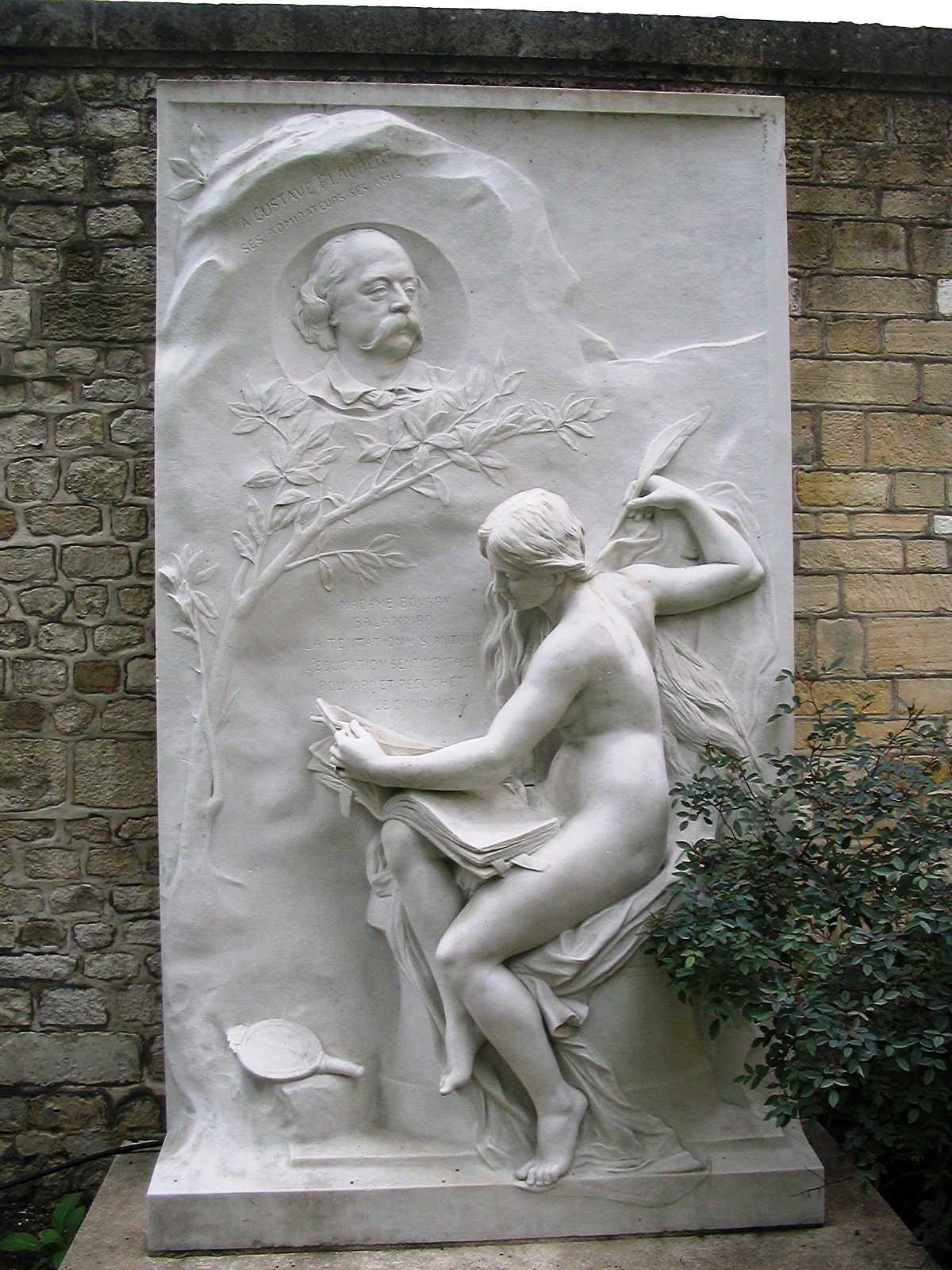Nel 1910 Galileo Chini (Firenze 1873-1956), poliedrico protagonista dello stile Liberty, era stato incaricato da Rama V, re del Siam, di decorare alcuni ambienti del Palazzo del Trono a Bangkok, realizzato da architetti ed ingegneri italiani.
Il sovrano durante un viaggio in Italia aveva ammirato le decorazioni di Chini alla Biennale di Venezia ed impegnò il pittore a Bangkok dal 1911-1913.
L’artista, già affascinato dalle suggestioni dell’arte orientale, si trovò pienamente a suo agio in quella cultura visiva: il re aveva del resto apprezzato il suo sfavillante universo cromatico che, in linea con il gusto secessionista, sintetizzava perfettamente forma e colore e poteva adattarsi bene ai preziosissimi intagli e alle lussuose decorazioni marmoree del palazzo reale.
Galileo Chini | Festa dell’ultimo dell’anno a Bangkok, 1911-13 | Palazzo Pitti

